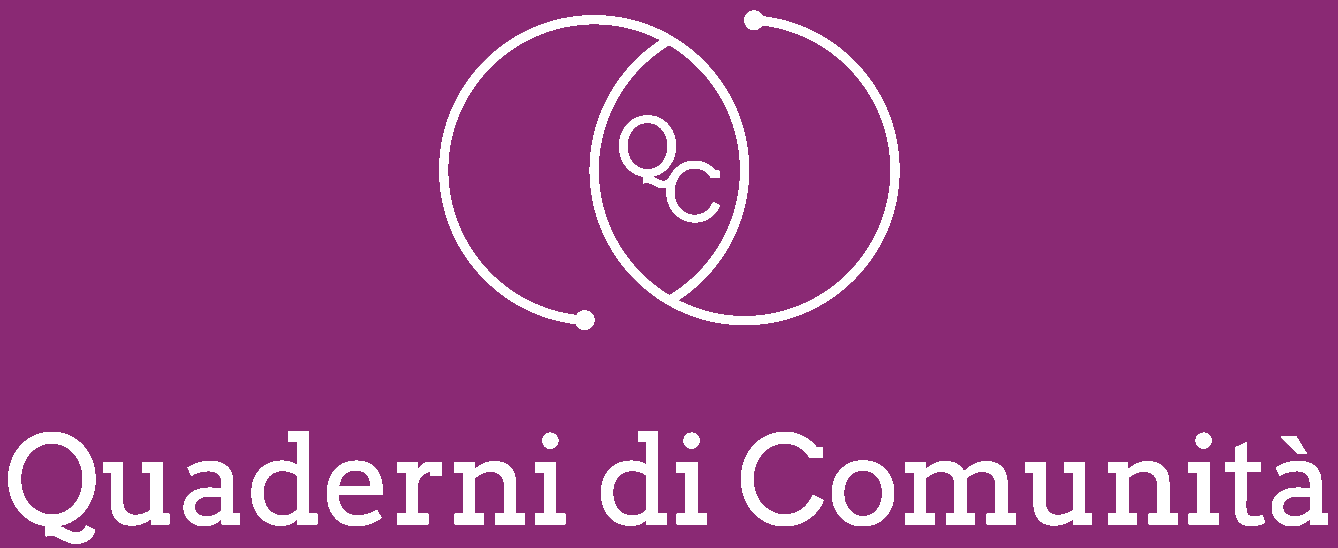The power of the glance: social theatre, art and digital in preschools
DOI:
https://doi.org/10.61007/QdC.2024.1.253Keywords:
pre-school age, art, authorship, theatre, narrative framesAbstract
The research proposed here concerns the design and experimentation of an educational process aimed at changing the perception of the role that children can play within cultural processes. The project under study, Artoo - Art told by children, has experimented from 2017 to the present day with an educational process between schools, museum institutions and families in which pre-school children are asked to share their views on works of art through the tools of theatre and new digital technologies.
The research hypothesis started from the observation, supported by both fieldwork and data collected over time, that children in this age group have a high capacity to relate to the symbolic dimension of artistic artefacts. They are able to feel and understand in an extremely immediate way the profound meaning of a work and, at the same time, to narrate it in an extremely clear and engaging way, thus testifying to their profound capacity for immersion in the aesthetic experience.
References
Baraldi, C. & Maggioni, G. (a cura di) (2000), Una città con i bambini. Progetti ed esperienze del Laboratorio di Fano, Donzelli Editore, Roma.
Belloni, M.C. (2006), «L’infanzia è diventata un fenomeno sociale? Contributi al dibattito sulla fondazione di un nuovo paradigma sociologico», Quaderni di Sociologia, 42, 7-39.
D’Amato, M. (a cura di) (2008), Per un’idea di bambini, Armando Editore, Roma.
Di Bari, C. (2018), Media education 0-6. Le tecnologie digitali nella prima infanzia tra critica e creatività, Anicia, Roma.
Gentile, F., Innocenti Malini, G. E. (2016), “Like me”. Mimesis and Dramaturgic Play in Early Childhood, in Bernardi C. et al. (a cura di), Bodies Exposed. Dramas, Practices and Mimetic Desire, «Comunicazioni sociali», 9, 249-260.
Heyman, G. D., Compton, A. M., Amemiya, J., Ahn, S., & Shao, S. (2021), Children’s Reputation Management: Learning to Identify What Is Socially Valued and Acting Upon It, Current Directions in Psychological Science, 30(4), 315-320.
Hughes, J. N., Im, M.H. (2016), Teacher-student relationship and peer disliking and liking across grades 1-4, consultata da https://www.jstor.org/stable/24698258.
Juul, J. (1995), Dit Kompetente Barn, Leonhardt & Høier Literary Agency A/S, Copenhagen (trad. it. Il bambino è competente. Valori e conoscenze in famiglia, Feltrinelli, Milano, 2011).
Satta, C. (2012), Bambini e adulti. La nuova sociologia dell’infanzia, Carocci Editore, Roma.
Winner, E. (2022), Le capacità metaforiche sorprendentemente precoci dei bambini, in Reggio Children (a cura di), Un pensiero in festa. Le metafore visive nei processi di apprendimento dei bambini, Reggio Children, Reggio Emilia, 204-208.
Downloads
Published
How to Cite
Issue
Section
License
Copyright (c) 2024 Quaderni di comunità. Persone, Educazione e Welfare nella società 5.0

This work is licensed under a Creative Commons Attribution-NonCommercial-NoDerivatives 4.0 International License.







